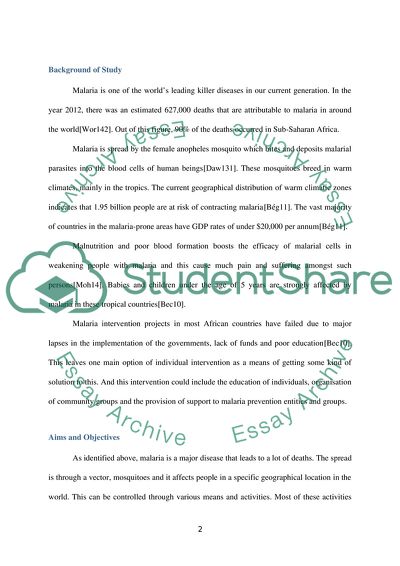Cite this document
(“How Could E-learning Help People to Understand More About Malaria Essay”, n.d.)
How Could E-learning Help People to Understand More About Malaria Essay. Retrieved from https://studentshare.org/information-technology/1691427-how-could-e-learning-help-people-to-understand-more-about-malaria
How Could E-learning Help People to Understand More About Malaria Essay. Retrieved from https://studentshare.org/information-technology/1691427-how-could-e-learning-help-people-to-understand-more-about-malaria
(How Could E-Learning Help People to Understand More About Malaria Essay)
How Could E-Learning Help People to Understand More About Malaria Essay. https://studentshare.org/information-technology/1691427-how-could-e-learning-help-people-to-understand-more-about-malaria.
How Could E-Learning Help People to Understand More About Malaria Essay. https://studentshare.org/information-technology/1691427-how-could-e-learning-help-people-to-understand-more-about-malaria.
“How Could E-Learning Help People to Understand More About Malaria Essay”, n.d. https://studentshare.org/information-technology/1691427-how-could-e-learning-help-people-to-understand-more-about-malaria.


